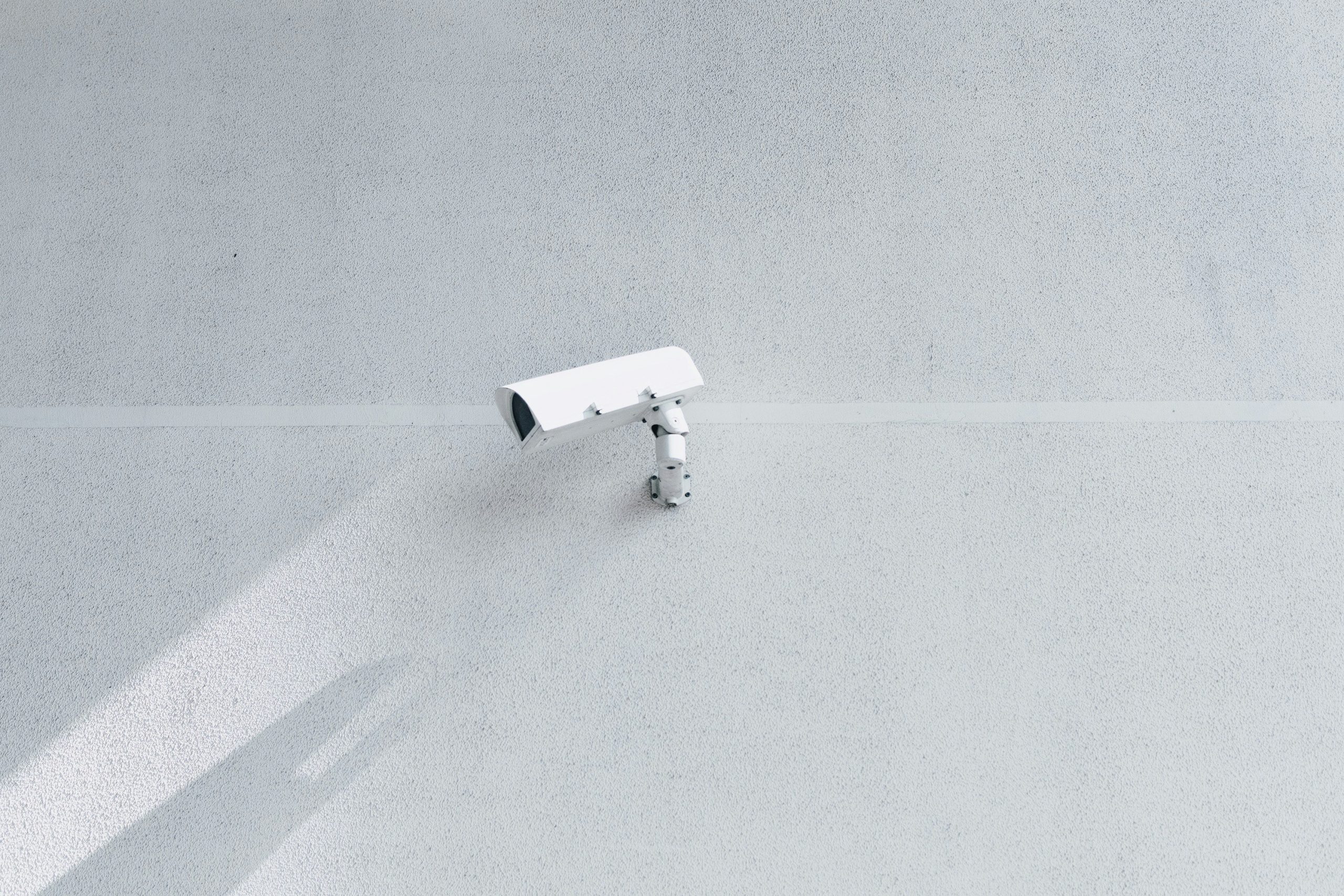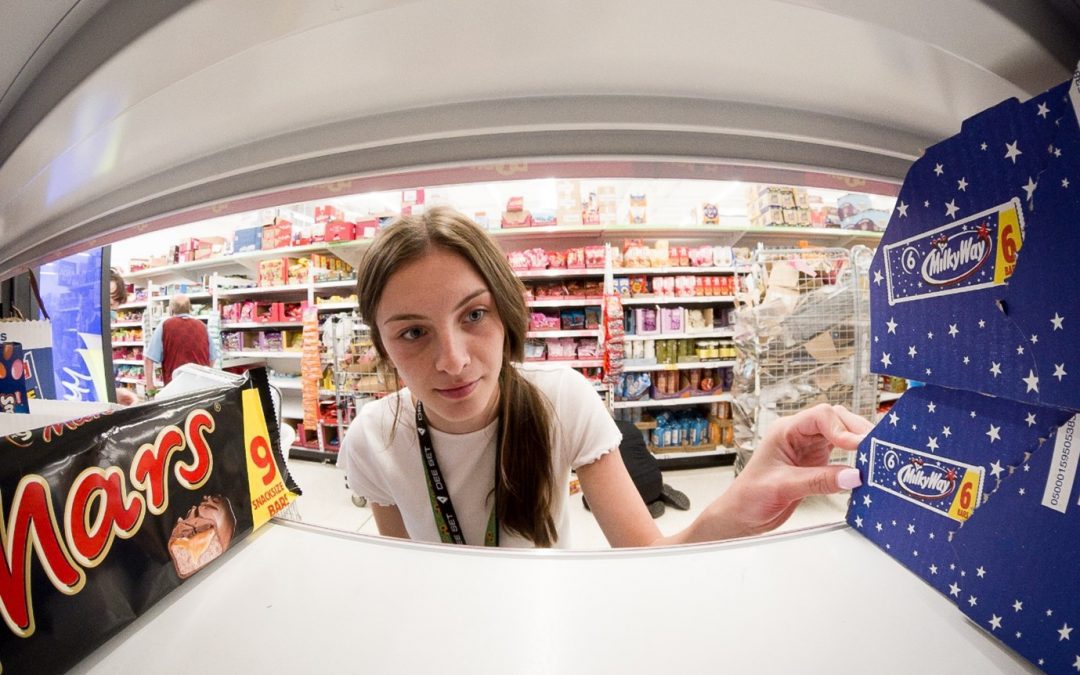Machine learning in retail is changing the retail world, one brand at a time. Over the last couple of years, image recognition technology and artificial intelligence learning models have really taken off, currently being integrated into many different industries and retailers.
It’s vital for modern brands to understand the importance of using machine learning models within their field marketing campaigns – otherwise, your rivals may leave you in the dust.
In this blog, we cover everything you need to know about machine learning in retail, from how it works to how it’s changing the modern retail world and examples of retailers that are already using it successfully.
Ready to improve your retail operations with machine learning? Get in touch with the Tactical Solutions team today.
Explaining machine learning image recognition technology
Machine learning image recognition technology is a term that refers to the use of machine learning algorithms. These algorithms enable computer devices to identify and interpret images in a way that is similar to the way in which humans would recognise them. This form of technology is widely used in various industries and services, with the retail sector being a major player.
Some of the key functions of machine learning projects include:
- Facial recognition tech
- Object detection tools
- In-depth image analysis
Essentially, machine learning systems are able to actively learn from big data and tech and improve their performance over time, hence the ‘learning’ moniker. Machine learning image recognition models are trained on large datasets of labelled images, before being put into action in the real world. These models are then able to recognise patterns, shapes and colours associated with certain objects or image categories. This enables unsupervised machine learning models to analyse and identify objects, people and scenes effectively.
Machine learning vs AI: What’s the difference?
Machine learning and AI (artificial intelligence) are two very different things, but they both have common links to each other.
AI is a form of computer intelligence that refers to any computer system that can perform tasks that would normally require human intelligence. This doesn’t mean that AI programs are actually intelligent or conscious – instead, they’ve been programmed to behave in this way.
Machine learning is a specific subset of AI, with the latter being the overarching concept. AI can involve a number of different disciplines and approaches, such as decision trees, genetic algorithms, and rule-based systems. However, machine learning relies specifically on data-driven retail insights and algorithms that enable machine learning. Not all AI systems use machine learning, but machine learning always involves elements of AI.
How is machine learning image recognition software changing the modern retail world?
Hopefully, after reading through the above section, you should now understand a little more about machine learning image recognition software and how it works.
Strictly speaking, there’s no need for you to understand machine learning in too much detail, but it’s recommended that you have a bit of background knowledge before integrating this approach into your retail operations.
However, understanding how examples of machine learning image recognition are changing the modern retail world is important, as it will enable you to implement a data led approach to your brand marketing strategy.
Let’s take a look!
Inventory management transformed
As a retail brand, your inventory is a crucial part of your business. If your inventory is poorly managed, you may end up with stock shortages or overstocking issues, which can have far-reaching ramifications for your business. This is one area in which machine learning image recognition tools can greatly help your brand – let’s find out how!
With these AI capabilities, you can easily keep track of stock and monitor your product availability in real time, ensuring you never run out of those all important items. You can also keep on track of current trends and future changes, enabling you to plan ahead if more stock is predicted to be needed in the near future.
Another interesting aspect of machine learning in retail is that these AI tools can automatically restock items when they run out. Until very recently, in-store workers had to manually check how much stock was left, only ordering more when running low. However, with the use of our cutting-edge machine learning image recognition tech, that process can now be completed automatically!
Your technology can keep an eye on what’s selling and what’s not, placing orders with suppliers to restock items when needed. Not only does this save you time and money in the long run, but it will also improve the customer experience, as you should always have the items your shoppers so desperately need!

An enhanced shopping experience for all
Modern retail stores need to provide an interesting customer experience for their shoppers, particularly with the recent rise in online shopping. As many items can now be purchased digitally, it’s never been more important to get consumers through those doors, which is another area in which image recognition machine learning in retail can help grow your brand.
By using our powerful image recognition tools, you can really give your customers a reason to visit your physical store locations. For example, our machine learning tech can help you suggest products to the customers that are most likely to be interested in them, ensuring they don’t have to spend as much time deciding what to buy. Powerful insights based on ages, locations and previous purchases can be gathered and analysed, using our superior retail analytics tech. When a customer walks through your doors, image recognition can be used to recognise them, as well as their previous shopping habits.
Smart displays can also be used to show consumers other items they might be interested in, boosting both traffic and conversions. Retail stores can take advantage of powerful image classification models to enable shoppers to search for items with pictures, instead of typing or physically walking round your store location. All your customers have to do is share a picture of another product they’ve purchased recently, and your AI search system can show them similar items that your store has for sale!
You could even consider hosting virtual ‘try-ons’ for equipment online, allowing your customers to virtually try items on and see how they look. Interactive shopping assistants can guide your customers to the items they want the most, before using augmented reality (AR) tech to show them how their chosen products would look in person.
It’s just like magic, but real!
Create the perfect store layout for your customers
Another way to use machine learning in retail to your advantage is to create the perfect store layout for your customers. The customer journey is an important factor that can really make or break your space – if the pathway to their desired items is convoluted and boring, you’re likely to push people away. However, if your store layout is easy to follow and features a range of interesting displays, you’re more likely to retain people in the long run.
Retail data analytics can be utilised to provide valuable information about your customers’ shopping habits, preferences and behaviours. This big data can personalise the customer journey and boost shopper engagement along the way. Image recognition technology can track the movements of your customers around your store, showing you which areas are most popular and which aren’t. Once analysed, this actionable data can be put to work for you, optimising your store layout and your promotional displays.
This type of machine learning image recognition tech can also be linked to your retail merchandising campaigns. For example, your shelf layout can be analysed to ensure promotion compliance across the board, ensuring high-margin products always have the lion’s share of your space. You really can create a seamless shopping journey for your customers, keeping them happy and coming back for more, long into the future.
Say goodbye to theft
Retail image recognition technology is also useful for preventing in-store theft, enabling brands and retailers to actively monitor store aisles and storage areas through the use of cameras and machine learning tools. This technology can detect instances of theft and misplaced merchandise, reducing the risk of inventory shrinkage. For example, object detection tech can help you catch thieves in the act, detecting when people hide items on their person.
Store aisles can be monitored with image recognition technology, detecting suspicious shopper behaviour and potential theft indicators based on previous events. Your security team can then be alerted in real-time, reducing shoplifting and improving your profitability. This approach isn’t just limited to physical stores either – image recognition can be used to determine whether returned items are authentic to prevent counterfeit products from being accepted and re-sold.
Facial recognition systems can also be integrated into your retail spaces, using data-driven insights and algorithms to scan faces as they enter your store, comparing them with images of well-known troublemakers and thieves. If someone suspicious walks in, your security team can be notified immediately, enabling them to keep tabs on potential shoplifters.
Challenges to consider when using machine learning image recognition tools
Whilst machine learning image recognition tech can be incredibly useful for modern brands and retailers, it also has some challenges. These issues need to be addressed before implementing image recognition into your store, ensuring a reliable, accurate and ethical outcome for all involved.
For example, the ethics of using facial recognition technology within your store is something that will likely need to be addressed before implementation. Privacy is a major concern for many people at the moment, often perceived as overly invasive within the UK. However, data privacy laws like the GDPR (General Data Protection Regulation) offer individuals strong protection against their personal data being shared inappropriately.
This makes it incredibly important for modern retailers to adhere to the letter of the law when using machine learning image recognition tech within their retail spaces. Bias also needs to be eliminated from the training data, otherwise you may find that your machine learning model unfairly discriminates against particular demographic groups.
Another factor to consider is the fact that most deep learning models require large datasets, in order to learn patterns effectively. Insufficient data and poor data labelling can lead to poor performance and have a negative impact on your brand if not used correctly. You’ll also need good computational power and hardware to effectively use machine learning within your business operations, alongside a range of scalable infrastructure.
Real-world examples of machine learning in retail
Many retailers are already using machine learning image recognition to improve their operations, and to great success.
Amazon Go
Amazon Go is a chain of stores that allows customers to ‘just walk out’ when they’ve picked up the items they need – no cashiers and no checkout lines. Cameras and sensors powered by machine learning image recognition are used to track what each customer takes, and this is automatically charged to their Amazon account. These stores make shopping more convenient than ever, demonstrating the power of machine learning in retail to streamline the customer experience.
Asda facial recognition trials
Major UK retailer Asda has piloted facial recognition systems in five Manchester stores, using machine learning to compare CCTV feeds against a database of known shoplifters and alerting staff within seconds if a match is found. This use of machine learning in retail shows how image recognition can be used to reduce theft and protect employees from violence.
Future trends for image recognition machine learning in retail
As machine learning image recognition technology continues to advance within the retail sector, there is additional scope for transformative trends and changes within the industry.
Machine learning is a fairly new form of technology, so it’s not always easy to predict the future. However, we can expect to see significant improvements in model accuracy and efficiency over the next few years, with more sophisticated algorithms used to deliver greater accuracy and brand performance. We also hope to see a growing emphasis on more ethical and transparent AI systems in the near future, with additional regulations likely to become the new normal.
Whatever happens, it’s fair to say that AI machine learning image recognition is predicted to become an integral part of the retail industry, with Tactical Solutions remaining at the forefront of the technology revolution.
Want to see how we can help your brand grow? Get in touch with our expert team today!




